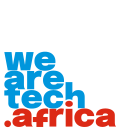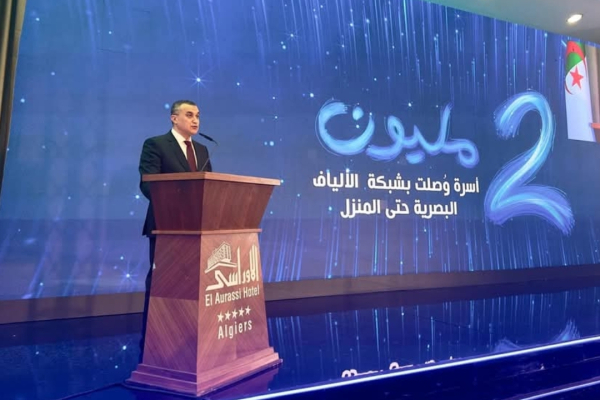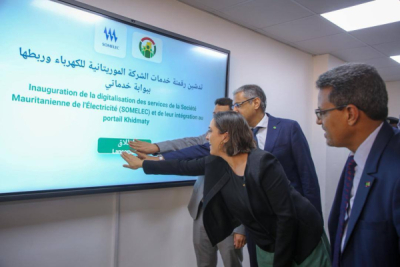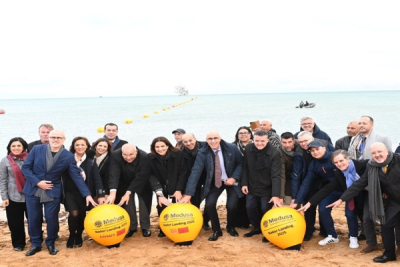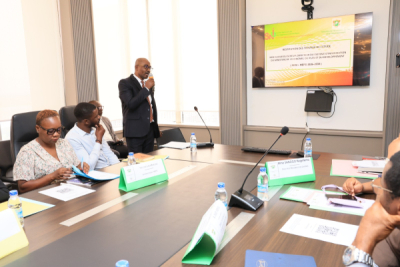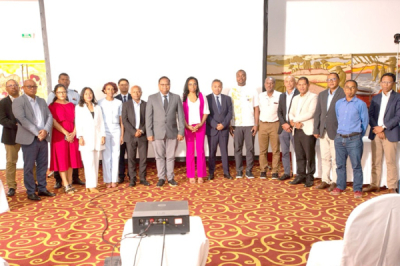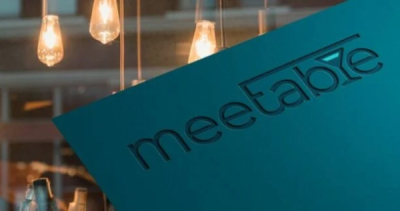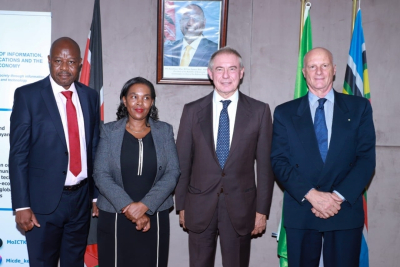- Algeria plans to fully replace its outdated copper telecom network with high-speed fiber optics by the end of 2027.
- The shift supports national goals to boost internet quality and enable sectors like AI, e-services, telemedicine, and fintech.
- Only 27% of households are currently connected to fiber; high subscription costs may hinder broader adoption.
The Algerian government plans to gradually retire its copper wire network by the close of 2027, prioritizing the implementation of more efficient fiber optic technology. This ambition was announced on Tuesday, April 29th, by Minister of Post and Telecommunications Sid Ali Zerrouki (pictured), during ceremonies marking the connection of two million Algerian households to fiber-to-the-home (FTTH) infrastructure.
This decision arises because the copper network, initially designed for telephone services, no longer meets contemporary demands. It exhibits slow internet access speeds and is susceptible to outages. In contrast, fiber optics transmit data at the speed of light, maintaining signal quality.
"Among its advantages, fiber optics offers significantly superior upstream and downstream speeds compared to the copper network, ranging from 100 megabits per second (Mbps) to several gigabits per second (Gbps), and provides better service quality than copper. Remote work, video conferencing, e-education, telemedicine, and numerous other applications have recently increased the demand for bandwidth," explained France's Electronic Communications and Postal Regulatory Authority (ARCEP), where a similar copper network phase-out is underway.
Mr. Zerrouki also expressed his belief that expanding fiber infrastructure aligns with a strategy aimed at empowering startups to develop advanced digital solutions, accelerating the digitization of governmental and public services, fostering innovation in artificial intelligence, the Internet of Things, and big data, while also bolstering financial inclusion through the expansion of electronic payments and the growth of the digital economy.
It is important to note, however, that achieving a successful transition to fiber will require the Algerian government to increase investment in network coverage. The two million households currently connected to fiber optics represent only 27% of the 7.4 million households recorded nationwide. Furthermore, as of September 30, 2024, Algeria had 2.6 million ADSL (copper) subscribers, accounting for approximately 44% of the 5.9 million fixed internet subscribers.
Moreover, despite its numerous benefits, the adoption of fiber optics could be constrained by its cost. For instance, Algérie Telecom offers three ADSL plans: 10 Mbps at 1,600 Algerian dinars ($12.06) per month, 15 Mbps at 2,000 dinars, and 20 Mbps at 2,150 dinars. In comparison, the entry-level fiber optic plan starts at 30 Mbps for 2,200 dinars per month. The operator also provides higher-speed packages at 60 Mbps for 2,400 dinars, 120 Mbps for 2,600 dinars, 240 Mbps for 2,800 dinars, and up to 1.2 Gbps for 4,200 dinars.
By Isaac K. Kassouwi,
Editing by Sèna D. B. de Sodji
